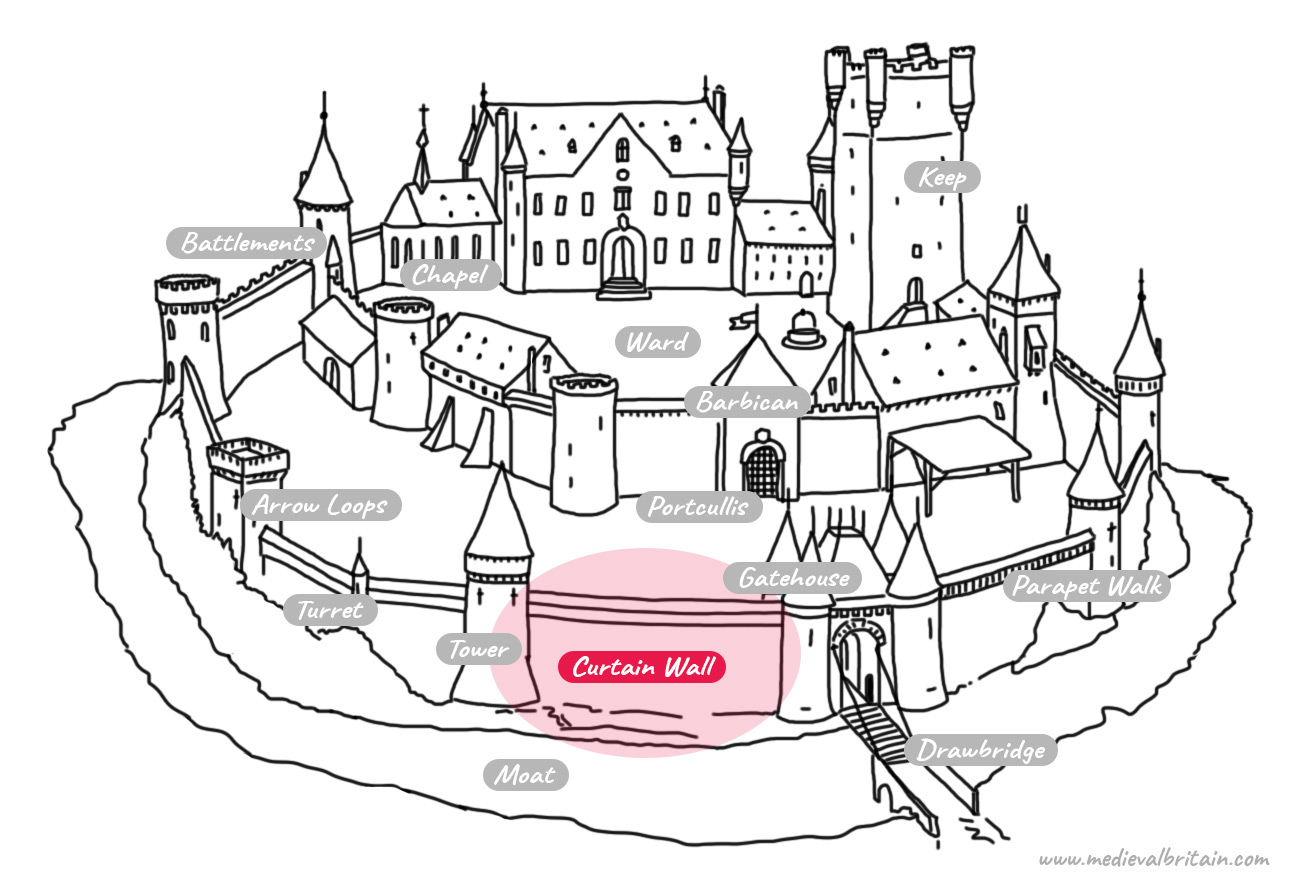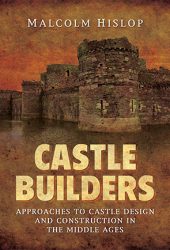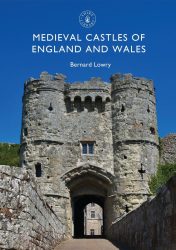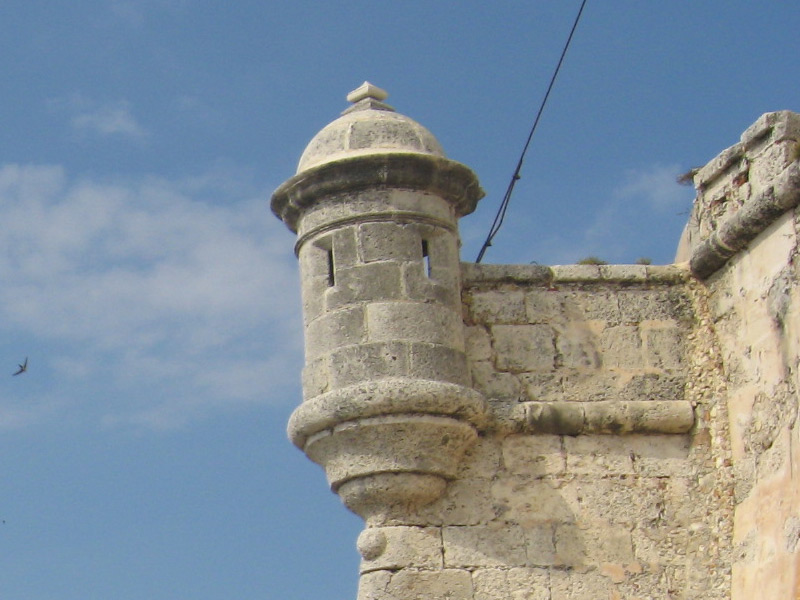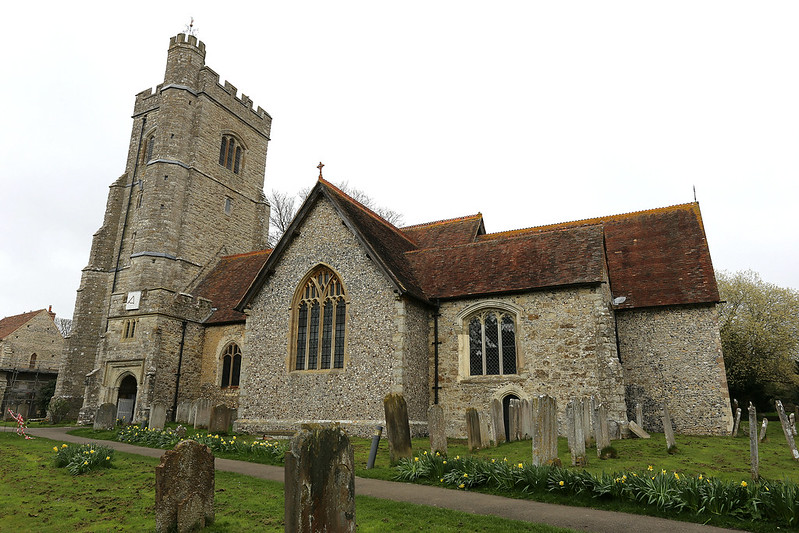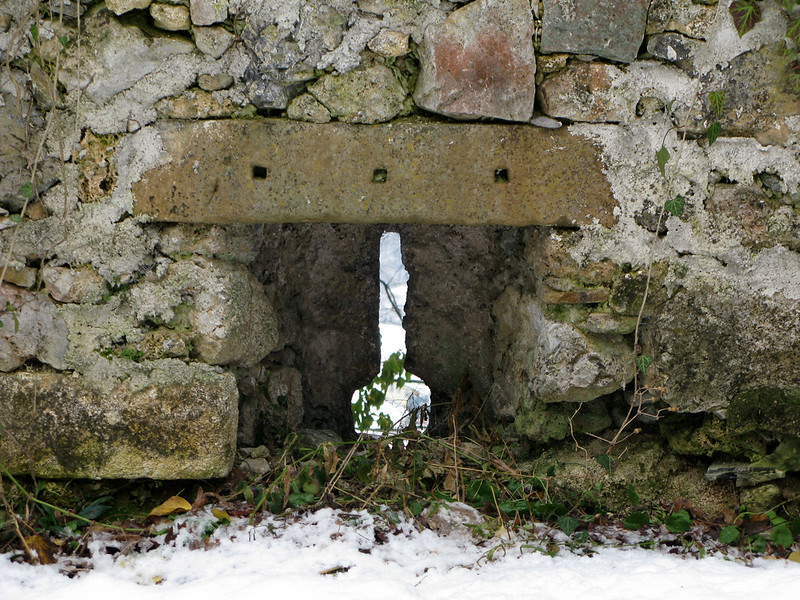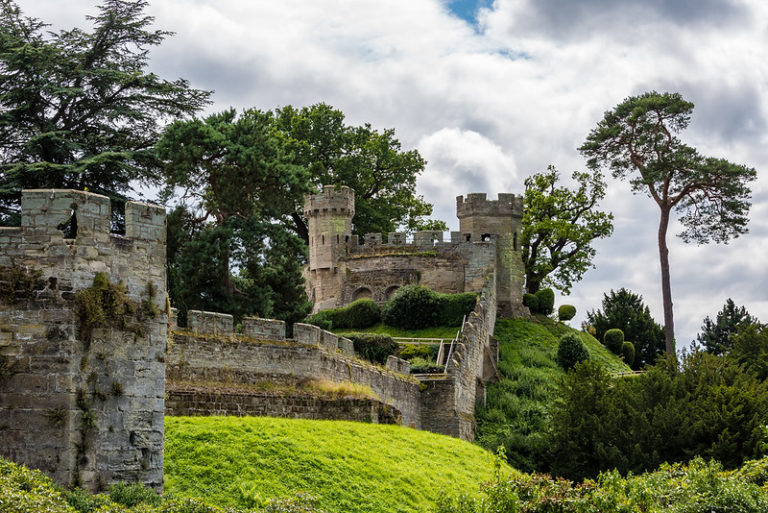
A castle’s Curtain Wall was a defensive wall between two towers or bastions. The curtain wall was usually built to a considerable height and was fronted by a ditch or moat to make assault more difficult.
Walls were topped with battlements crenellated with merlons to protect the defenders and embrasures which allowed them to shoot from behind cover. Behind the parapet was a wall walk that defenders could use to fight or move from one part of the castle to another.
Quick jump to: Battlements – Chapel – Keep – Ward – Barbican – Arrow Loops – Turret – Tower – Portcullis – Moat – Gatehouse – Curtain Wall – Drawbridge
History of the Curtain Wall
We can see evidence of early curtain walls or series of walls around towns and fortresses of Assyria and Egypt. The settlement of Buhen in Egypt had curtain walls and the concentric crusader castle in levant, Krak des Chevaliers, had walls up to 80 feet high in places.
During the Roman Empire, curtain walls were built across Europe. 5th century’s Constantinople had Thodosian Walls that influenced much of medieval architecture in Europe. The walls stretch, today, for about 5.7 km from south to north.
Curtain or defensive walls between two bastions or towers were an intrinsic part of medieval fortifications. Motte-and-bailey castles had wooden palisades and medieval concentric castles multiple layers of thick stone walls.
Elements of a Curtain Wall
A curtain wall is quite simple in principle: It’s a wall connecting two towers to create a defensive circuit.
Walls could be made of wood or stone – the second being a stronger and more prestigious material. Stone walls were not just a statement of their owner’s wealth – they were also not prone to catch fire to rot. Wooden walls had to be regularly replaced and were not as good at resisting missiles from enemy siege engines.
Most curtain walls were around 30 feet tall – although castles like Framlingham had impressive 44 feet-high walls. Their thickness was around 7 feet – but Dover Castle‘s curtain walls were 20 feet deep!
Walls had elements to further increase their defensive capabilities, such as crenellated battlements and parapet walks. Merlons also had arrow loops built into them. Because one of the wall’s weakness was hidden besiegers at the base, brattices and turrets were built on curtain walls for better visibility.

Building a Curtain Wall
Stone curtain walls required strong foundations. Usually, men dug down to the bedrock and levelled it off. when this was not possible, wide ditches were filled with rubble. Without foundations, curtain walls would have been at the risk of collapsing when hit by siege engines.
As the walls grew, workers had to use scaffolding to construct them. These were usually made of wood lashed together with rope and secured into holes in the wall. A system of pulleys was used to lift up stone, rubble, and mortar.

